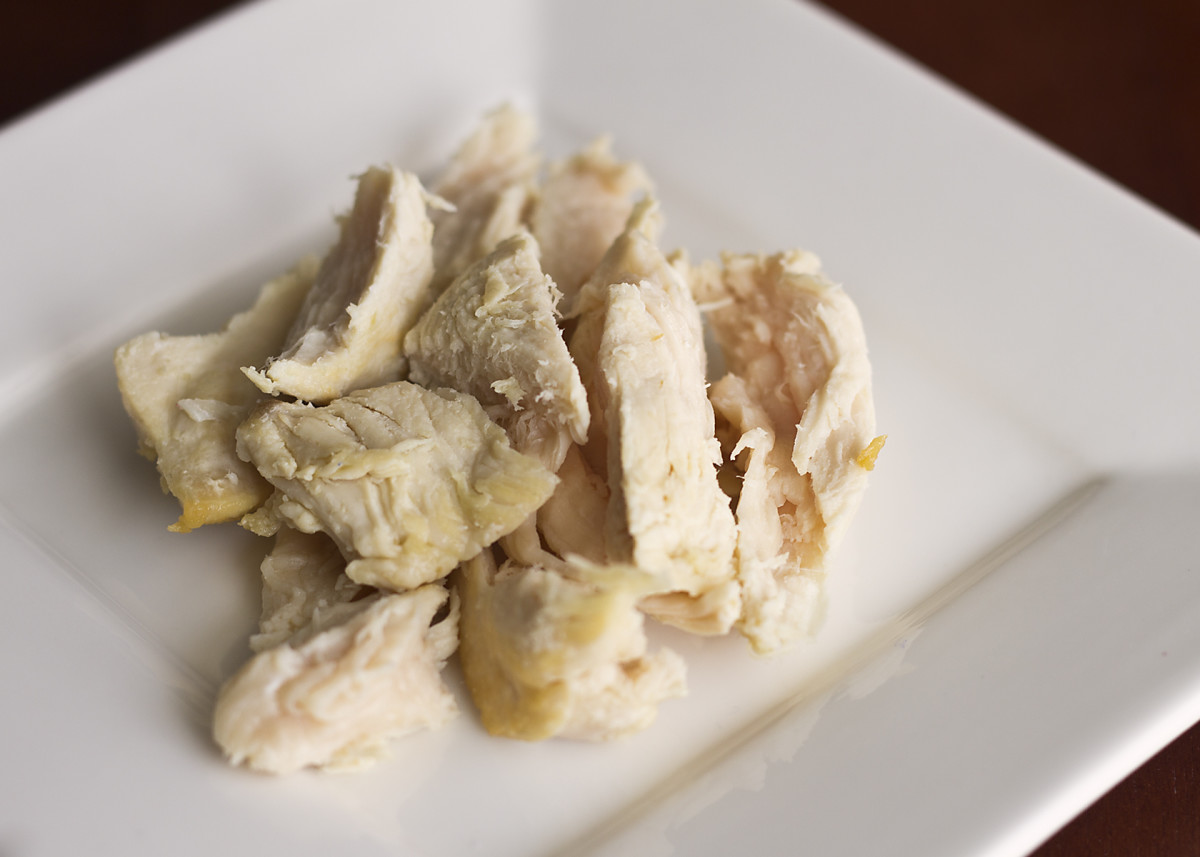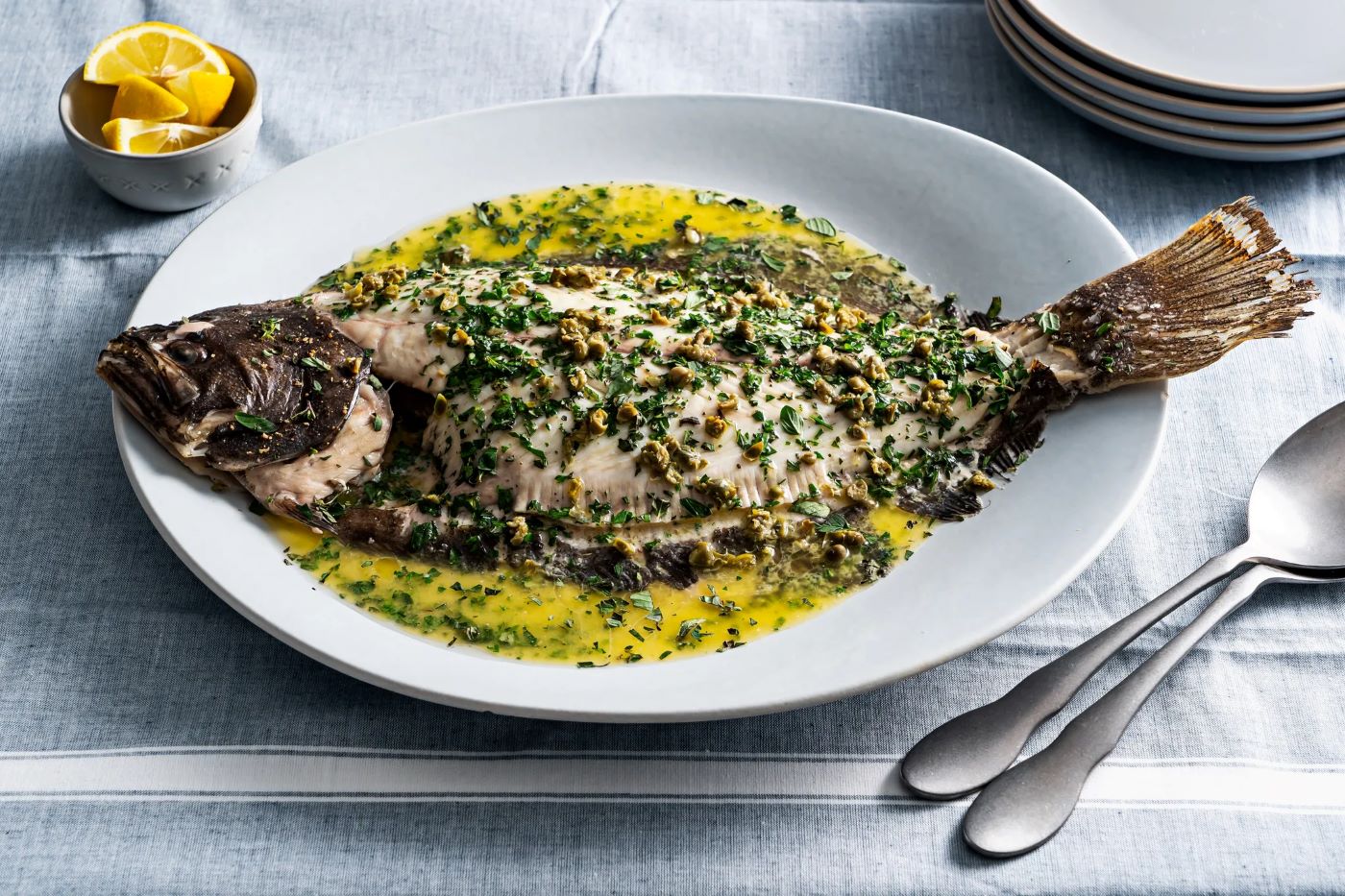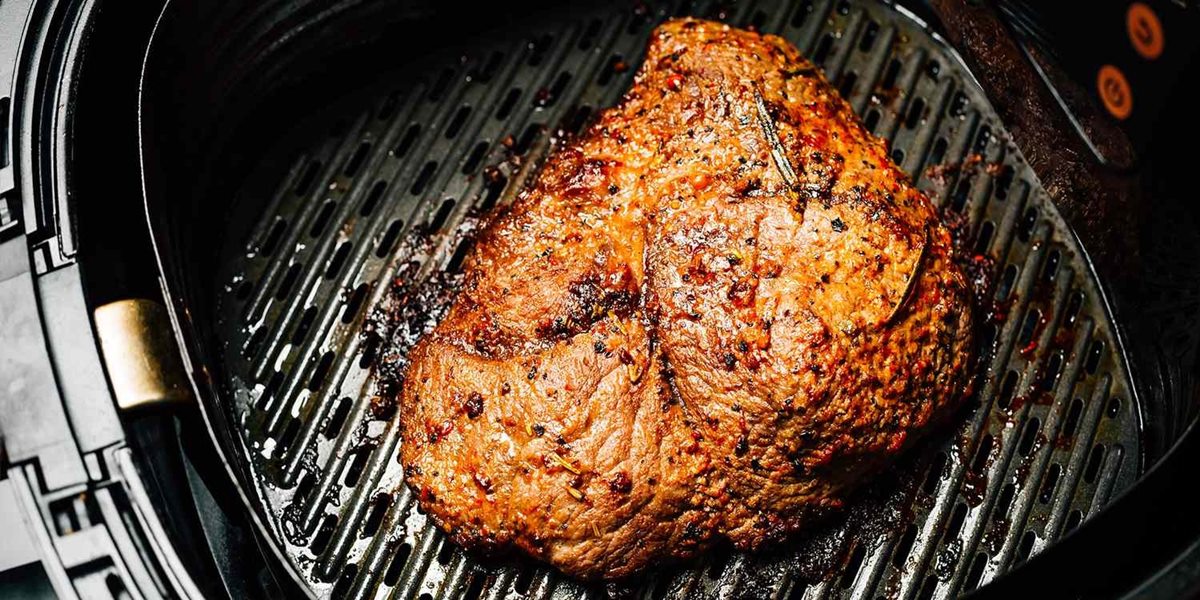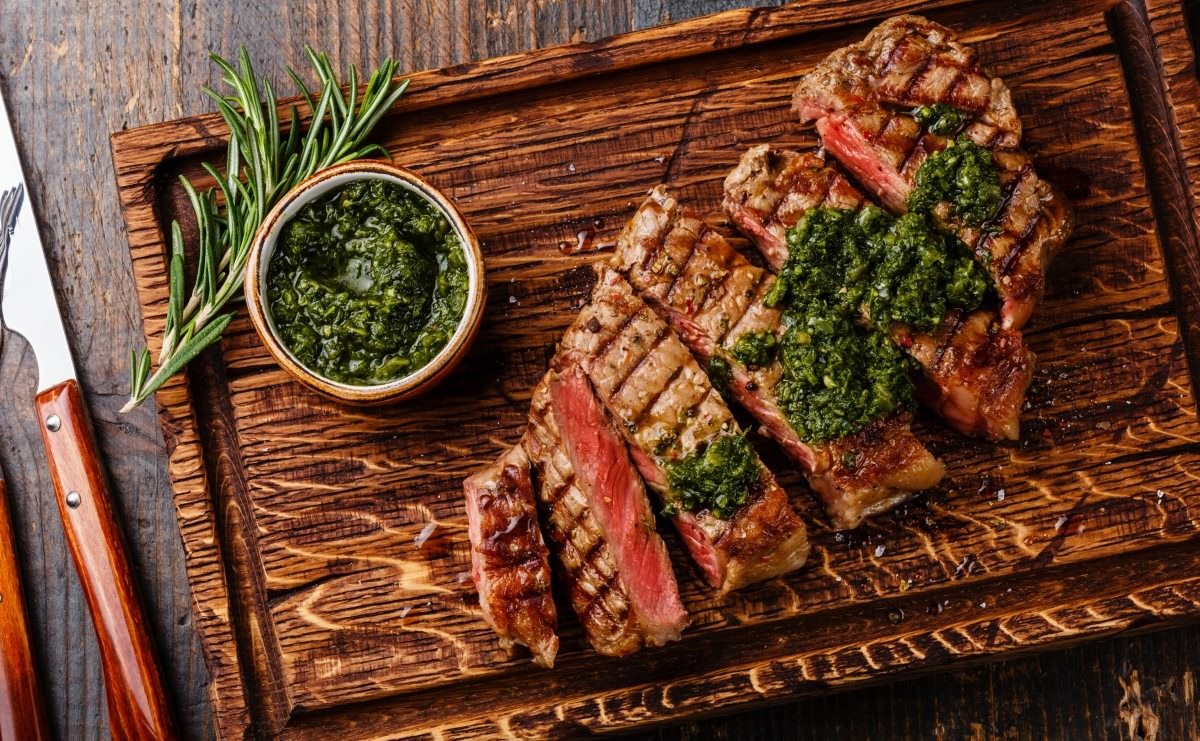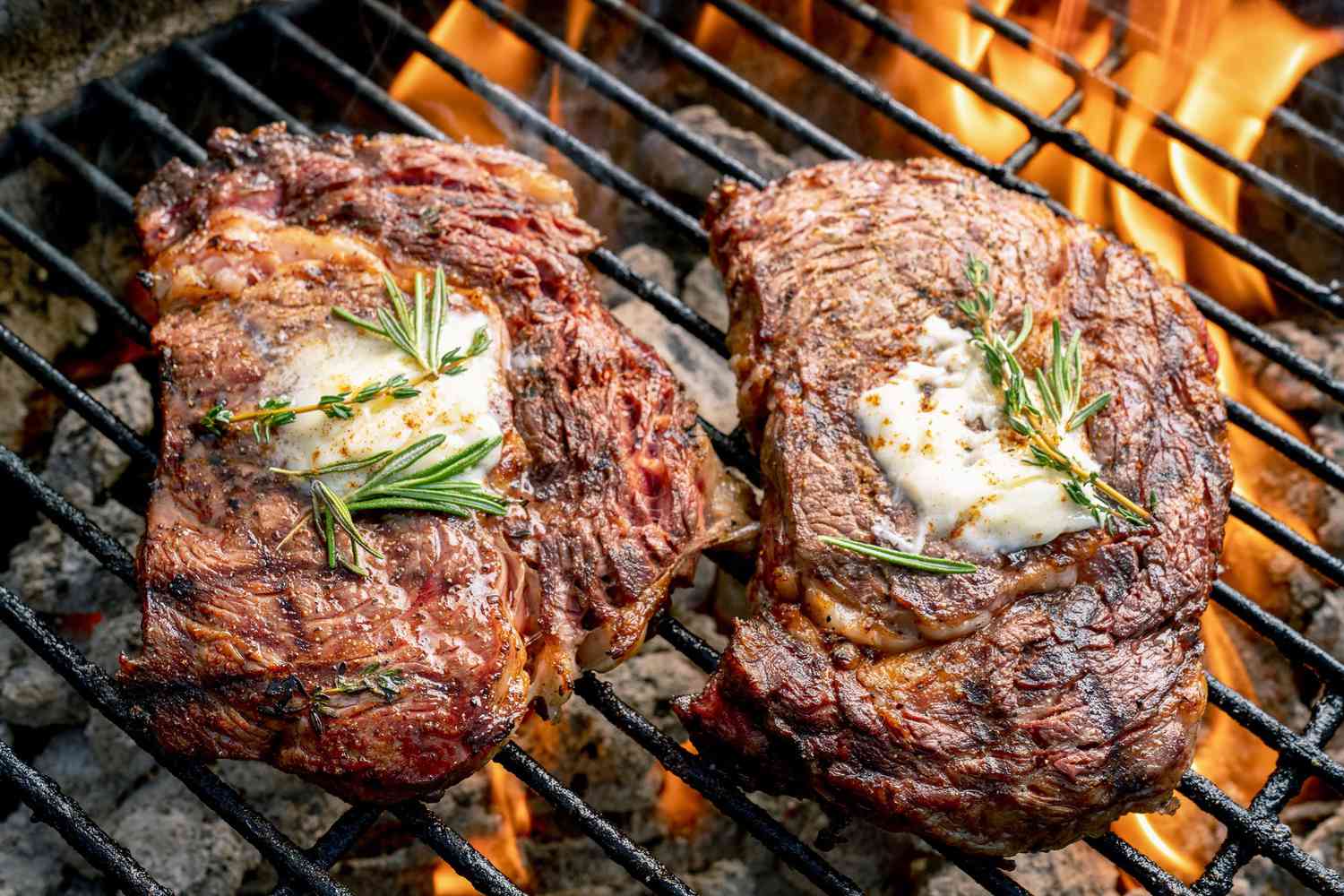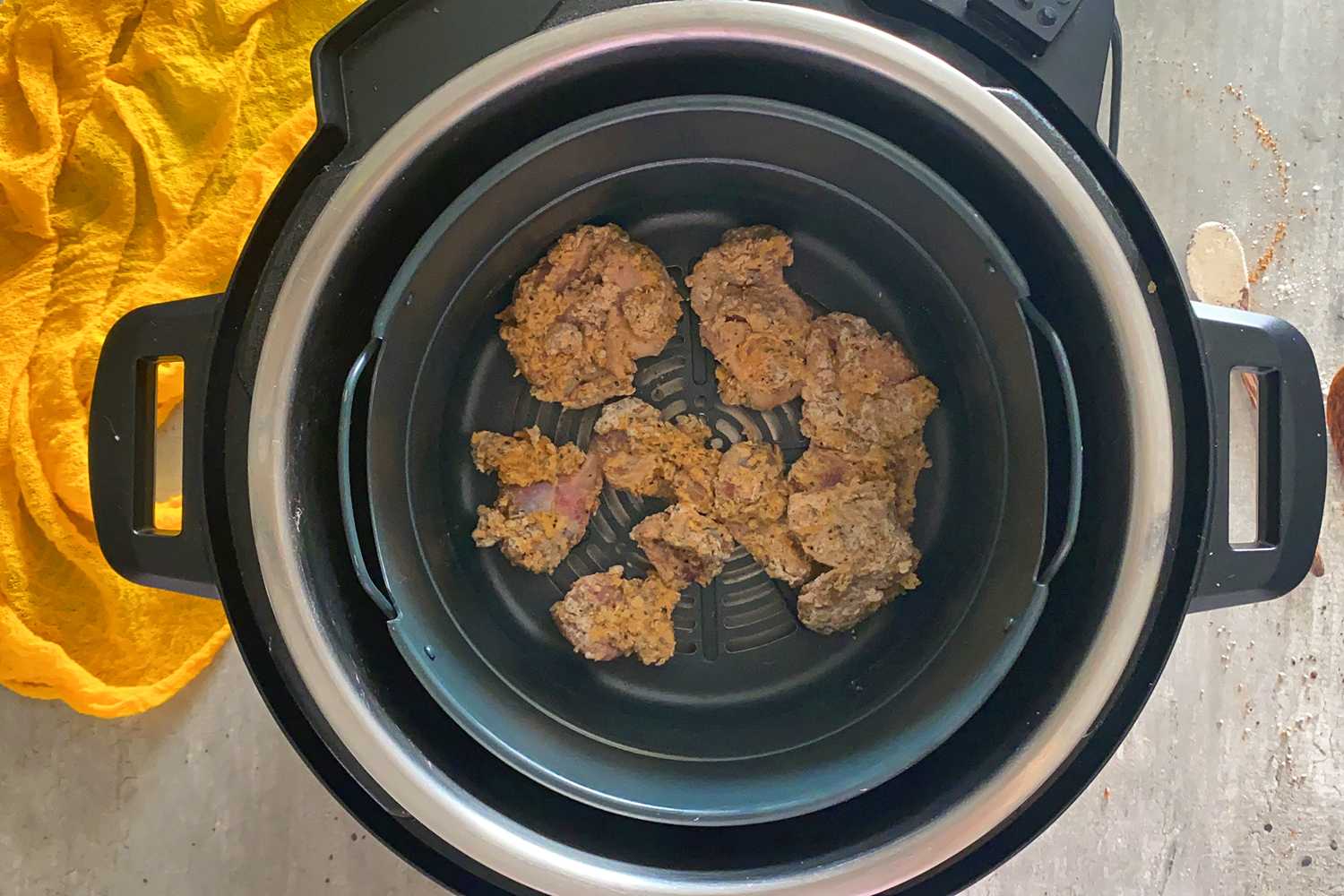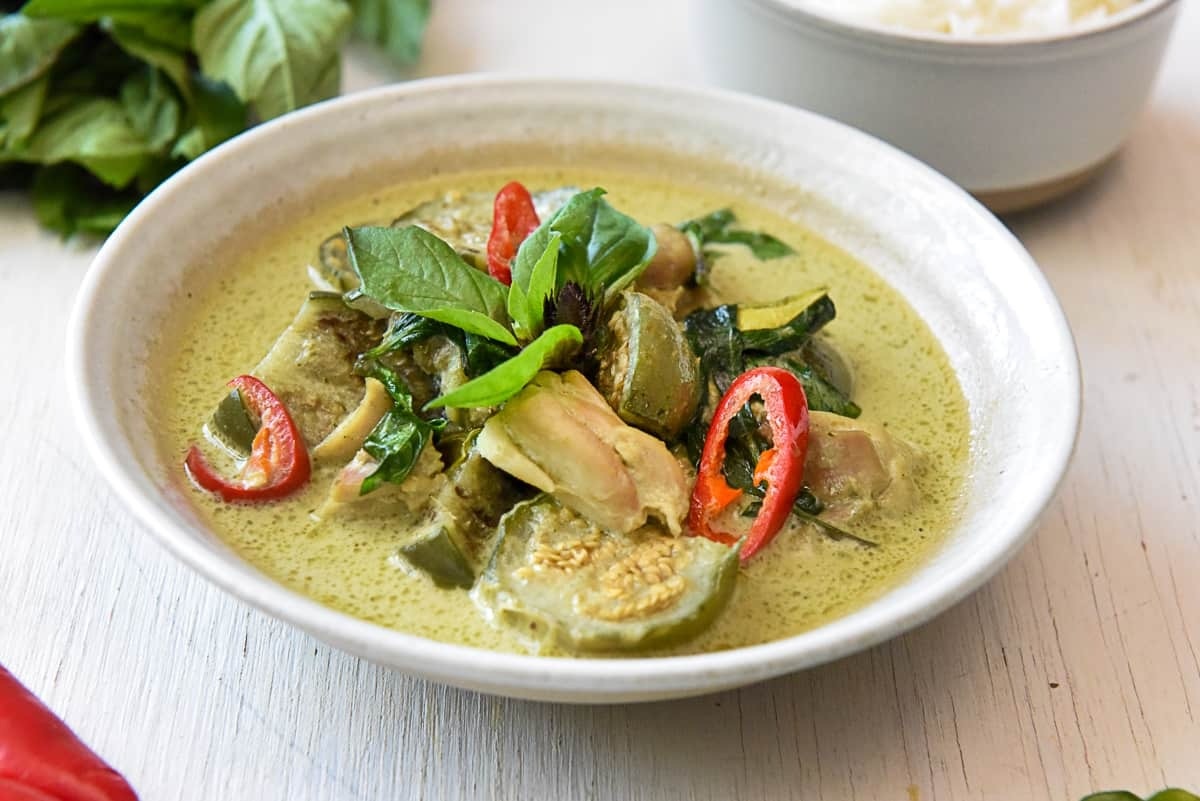Exploring a Delicious Combination: Cabbage and Canned Corned Beef
We all have those days when time is limited, and we need a quick, hearty meal. When you find yourself in such a situation, look no further than the versatile duo of cabbage and canned corned beef. This delightful combination not only satisfies your hunger but also offers a nutritious option that is easy to prepare.
Why Choose Cabbage and Canned Corned Beef?
Cabbage and canned corned beef are budget-friendly ingredients that can be found in most pantries. Beyond their affordability, they are also packed with essential nutrients and offer unique flavors that harmonize perfectly when cooked together.
The Cooking Process
Now, let’s dive into the step-by-step process of preparing a delicious cabbage and canned corned beef dish:
- Start by chopping half a head of cabbage into bite-sized pieces. Remember to remove the tough core.
- In a large skillet, heat a tablespoon of oil over medium heat. Add diced onions and minced garlic, sautéing them until they turn translucent and fragrant.
- Add the chopped cabbage to the skillet and season it lightly with salt and pepper. Sauté for a few minutes until the cabbage begins to soften.
- Next, open a can of corned beef and break it apart with a fork. Gently add the corned beef to the skillet and stir it into the cabbage mixture.
- Continue cooking for a few more minutes until the corned beef is heated through.
Enhancing the Flavor
To take your cabbage and canned corned beef to the next level, consider incorporating additional ingredients:
- Spices: Sprinkle in some paprika, thyme, or a pinch of cayenne pepper for an extra kick of flavor.
- Vegetables: Add diced bell peppers, carrots, or peas to create a colorful and nutritious one-pot meal.
- Liquid: If you prefer a slightly saucier dish, mix in a splash of beef broth or Worcestershire sauce.
- Herbs: Fresh herbs such as parsley or dill can add a refreshing taste and a hint of freshness to the dish.
Feel free to experiment with different combinations of spices and ingredients to tailor the dish to your personal preferences.
Serving Suggestions
Once your cabbage and canned corned beef is ready, there are various ways to enjoy it:
- Traditional: Serve it on a plate alongside a helping of fluffy mashed potatoes.
- Sandwich: Layer the mixture onto a crusty roll or between slices of toasted bread for a satisfying sandwich.
- Wraps: Fill tortillas with the mixture, add some cheese, and grill or toast until the cheese melts.
- Rice: Spoon the cabbage and corned beef over a bed of steamed rice for a comforting and filling meal.
Final Thoughts
With its simplicity and versatility, cooking cabbage and canned corned beef is a fantastic way to whip up a delicious meal in no time. Whether you’re a beginner in the kitchen or simply looking for a quick and satisfying option, give this delightful combination a try. Experiment with different flavors and make it your own. Bon appétit!
For those wanting to make the most out of their cabbage and canned corned beef, there are several standout recipes to try. The Classic Cabbage and Corned Beef Hash is a hearty option, perfect for breakfast or brunch. For something comforting, the Hearty Cabbage and Corned Beef Soup is a winner, especially on colder days. If you're in the mood for a quick dinner, the Cabbage and Corned Beef Stir-Fry packs a punch without much fuss. Adventurous eaters might enjoy Cabbage and Corned Beef Tacos, a fun twist on traditional tacos. Lastly, the Cabbage and Corned Beef Casserole combines everything into a satisfying baked dish that's great for feeding a crowd.
Was this page helpful?
Read Next: How To Cook Jimmy Dean Sausage On The Stove


